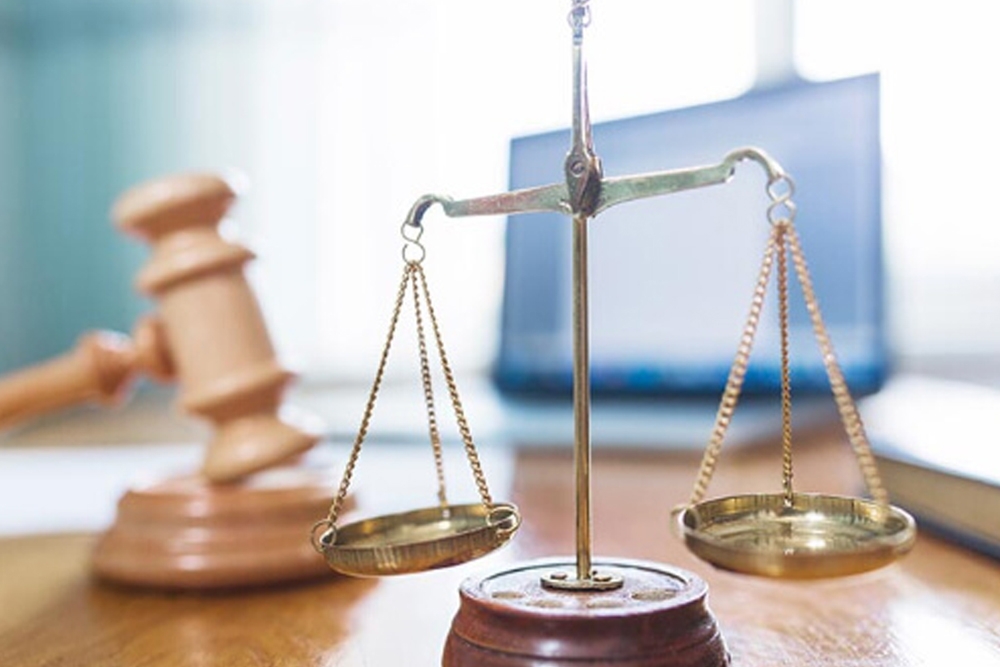Court of Appeals Avoids Charitable Contributions

‘Tis the season. . . to send a message to Congress?
The Bankruptcy Code allows a trustee to “avoid” any transfer of property by a debtor made within two years before the date of the filing of bankruptcy if the debtor (1) received less than a reasonably equivalent value in exchange for the transfer and (2) was insolvent on the date the transfer was made or became insolvent as a result of the transfer. Most (if not all) charitable contributions fall into this category of avoidable transfers. However, Congress carved out a “safe harbor” provision for debtors by exempting transfers of charitable contributions to qualified religious or charitable organizations so long as (1) “the amount of that contribution does not exceed 15 percent of the gross annual income [GAI] of the debtor for the year in which the transfer of the contribution is made” or (2) even if the contribution exceeds 15% of GAI, “the transfer was consistent with the practices of the debtor in making charitable contributions.” See 11 U.S.C. § 548(a)(2).
The 10th Circuit Court of Appeals case of Wadsworth v. The Word of Life Christian Center centered on a narrow question: if a bankruptcy debtor gave more than 15% of GAI to a qualified charity, does the charity have to return the entire annual transfer or only the portion exceeding 15%?
The lower courts in Wadsworth had said that the charity only had to give the amount that exceeded the 15%. But the Chapter 7 trustee in this case was not satisfied with this answer and wanted to reclaim more of the debtor’s pre-bankruptcy charitable contributions.
The Tenth Circuit agreed with the trustee. On December 16, 2013 (nine days before Christmas), the panel of three judges issued the opinion. The Court found that the plain language of § 548(a)(2) is unambiguous and clearly provides a safe harbor from the trustee’s avoidance power only if the “transfer” does not exceed 15% of GAI. The Court found that since the debtor’s transfer exceeded 15% of GAI, then the entire transfer is subject to avoidance, not merely the amount above the 15%. The Court said that had Congress intended for only the portion of the transfer exceeding 15% of GAI to be subject to avoidance, it would have added limiting language to that effect. It did not.
The Wadsworth decision is important to any individual who is giving to charity and contemplating bankruptcy. The Wadsworth decision took the aggregate amount of the charitable contributions for the year, and compared it to the debtor’s GAI (excluding the debtor’s Social Security income). Once the debtor’s total contribution was found to be over 15% of the GAI, the entire charitable contribution was subject to avoidance by the trustee. At least that’s the law in the Bah-Humbug Tenth Circuit.
